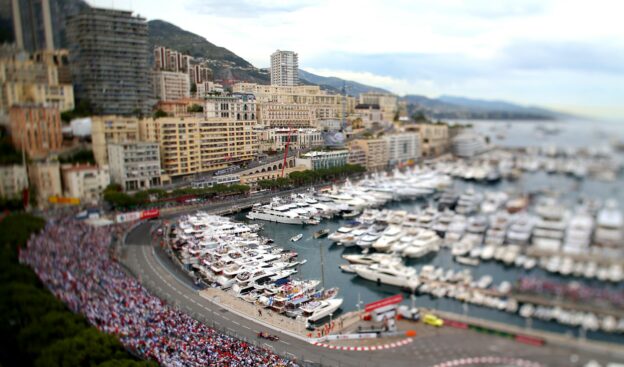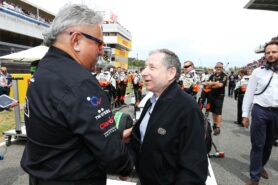Three Unusual Formula 1 Grand Prix Circuits

One of the most unique features of Formula 1 is the variety of the sport's tracks. Whilst other international sports such as football and basketball are played in venues around the world, the playing fields themselves remain the same. Furthermore, even though these identical designs are situated within venues surrounded by different terrains, these impressive landscapes are often hidden by the stadiums themselves. Formula 1, however, does not just expose its spectators to the varied landscapes the races take place within but these differing terrains also directly effect and alter the track itself. This means that Formula 1 is one of the only international sports in the world where each event requires different skill-sets and tactics, from its competitors, due to the location of the event. In recent times, a combination of recurring racecourse designers, such as Hermann Tilke, and increased safety regulations has meant a certain degree of standardisation in regards to Grand Prix tracks. However, there are still numerous unique tracks on the tour today. So, in honour of these enduring mould-breaking tracks, here are 3 of the best unusual Formula 1 Grand Prix circuits on the tour today.
Circuit de Monaco
Whilst online casinos, such as Supercasino online, have begun to dominate the global gambling industry in place of the traditional establishments of gambling meccas, the Monte Carlo Casino still has one feature that its online competitors do not have; its own Grand Pix circuit. The Circuit de Monaco is a twisting roller coaster that slices right through the picturesque Monaco district of Monte Carlo and directly past its world famous Casino. This circuit, which takes place on the narrow and spiraling roads of the district, is renowned for its difficulty and neutralization of car power by its rewarding of skill over mechanical prowess. Overtaking is almost impossible on this circuit and the infamous tunnel section's quick transition from light to dark has tested even the most seasoned of F1 drivers since 1929. The complexity and precision required to overcome this circuit led F1 legend Nelson Piquet to likened racing round the course to “riding a bicycle around your living room."
Autódromo José Carlos Pace
In contrast to the cluttered villas and sun-drenched plazas of the Circuit de Monaco, the Autódromo José Carlos Pace takes place amongst rolling hills and glistening lakes. There are two features which make this circuit - located in Sao Paulo, Brazil - unique. Firstly, the circuit is one of the few non-oval racing tracks to go in an anti-clockwise direction. Secondly, the circuit – which is also know as Interlagos due to its positioning being two artificial lakes – follows the natural inclines of the unleveled ground it was built upon, rather then cutting straight through. The constant ups and downs of the course mean that this circuit demands more from both driver and engine. This is due to the little suspension travel and low ride height of F1 cars which means that even the mildly bumpy surface of Autódromo José Carlos Pace puts strain upon the car and therefore the driver.
Bahrain International Circuit
Unlike the terrains of the previous two circuits, which were incorporated into the track themselves complete with all the difficulties they produce, Bahrain International Circuit's desert location was made sure, by developers, to not effect the races it hosted. The circuit, designed by German architect Herman Tilke, cost approximately $150 million dollars. Whilst the design was in keeping with previous circuits by Tilke, the track's desert location caused concerned for drivers who feared that windy conditions would cause sand distribution to disrupt proceedings. This issue was solved by the spraying of an adhesive upon the sand directly surrounding the circuit and the importing of Graywacke aggergate, known for its superb grip, to construct the track with.
✅ Check out more posts with related topics:













LAST 3 F1 Fan COMMENTS